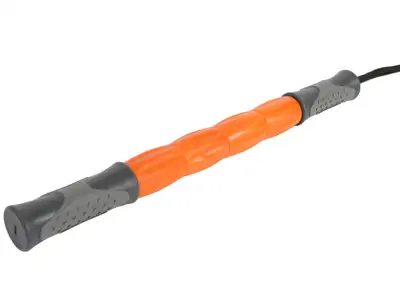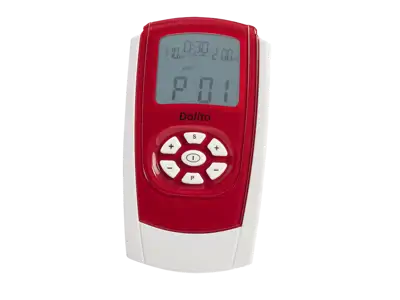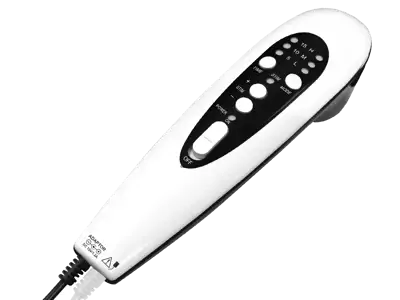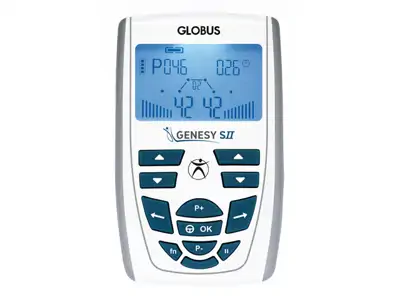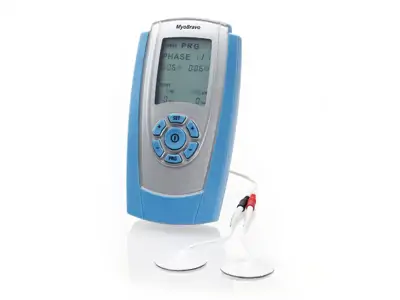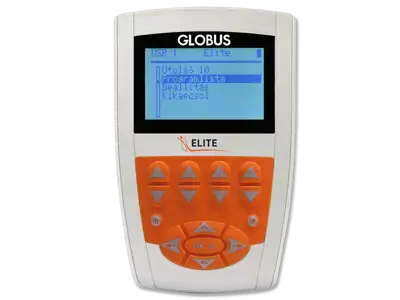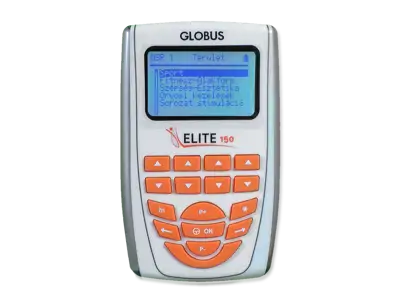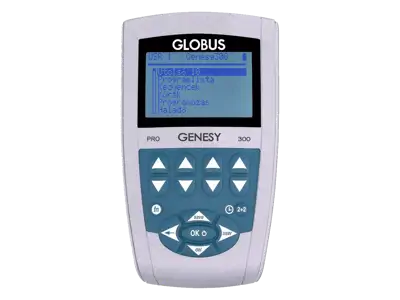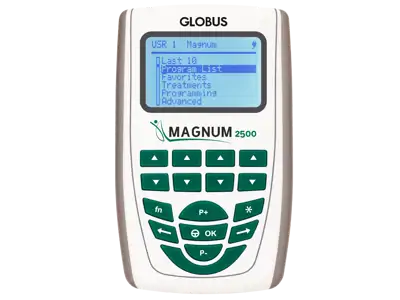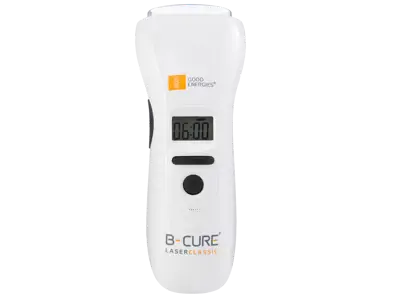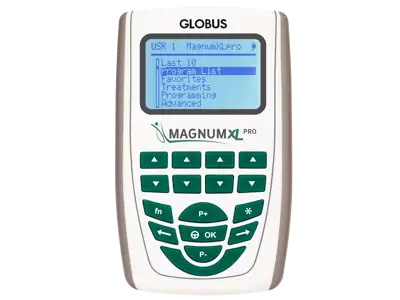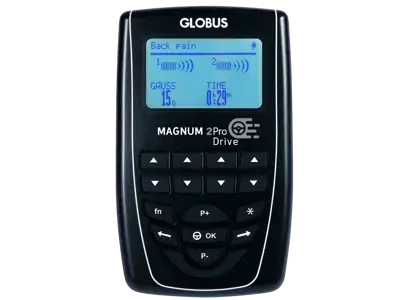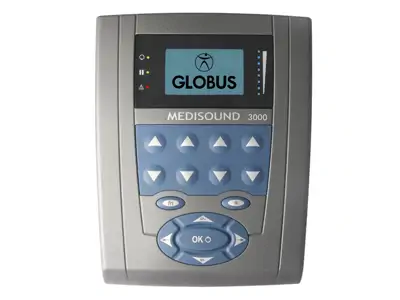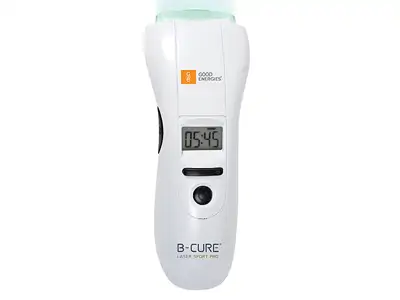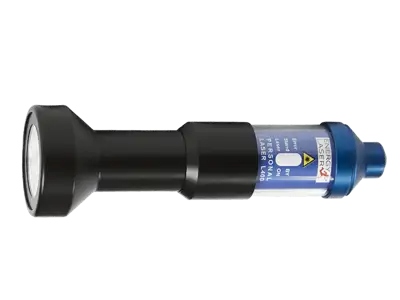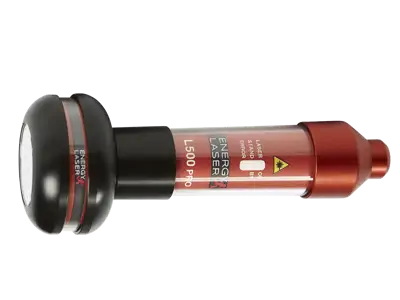Lower back pain
Lower back pain (also known as lumbar pain) is a very common complaint. It is increasingly common among sedentary workers. It can be so severe that it can prevent any movement.
Read more...Lower back pain (also known as lumbar pain) is a very common complaint. It is increasingly common among sedentary workers. It can be so severe that it can prevent any movement.
What is low back pain and what causes it?
We put our weight on our spine in an upright position. The greatest load is placed on the lumbar-lumbar spine. This is the reason why diseases of this section of the spine are most common.
Days, due to excess weight from sedentary work and lack of regular exercise, the muscles supporting the spine also become weak. Weak muscles fail to hold the vertebrae in place, putting increasing pressure on the discs that fill the intervertebral space and the nerves that exit the spinal cord through the gap between the vertebrae. A sudden movement "pinches" the nerve fibre, causing severe low back pain that prevents movement - the most common cause of low back pain.
The incidence of pain tends to increase with age, but some people as young as the "third X" age group are already experiencing the excruciating pain of low back pain.
Strategies for treating waist pain
Weak pain can be effectively treated with electrotherapy, but its effects can be enhanced when combined with ultrasound treatment
Pain relief
Pain relief is achieved with TENS or MENS (microcurrent) stimulation. Without pain relief, any treatment, massage or physiotherapy is very unpleasant and may even cause an increase in symptoms. Ultrasound treatment can also be used to increase the pain relief effect.
Treatment of the area around the pressurised nerve roots reduces oedema and thus pain.
Relief of muscle stiffness
Relief of muscle stiffness in the area of pain. Muscles respond to pain by reflex contractions which can aggravate the symptoms.
Strengthening the muscles
Once the pain and muscle stiffness have been reduced, the muscle strengthening needed to achieve lasting symptom relief should begin. This can be done initially with muscle stimulation and then gradually move on to spinal strengthening physiotherapy or yoga. Without strengthening the muscles that support the spine, the symptoms can recur again and again.
In this section we have collected a selection of devices and equipment that can be used to treat back pain.
Back to top...